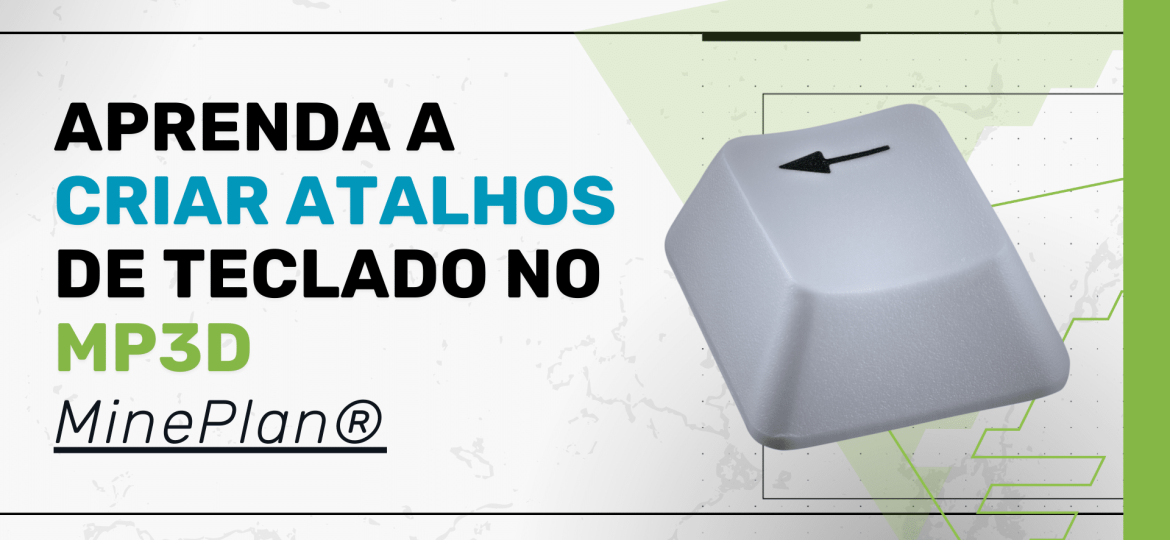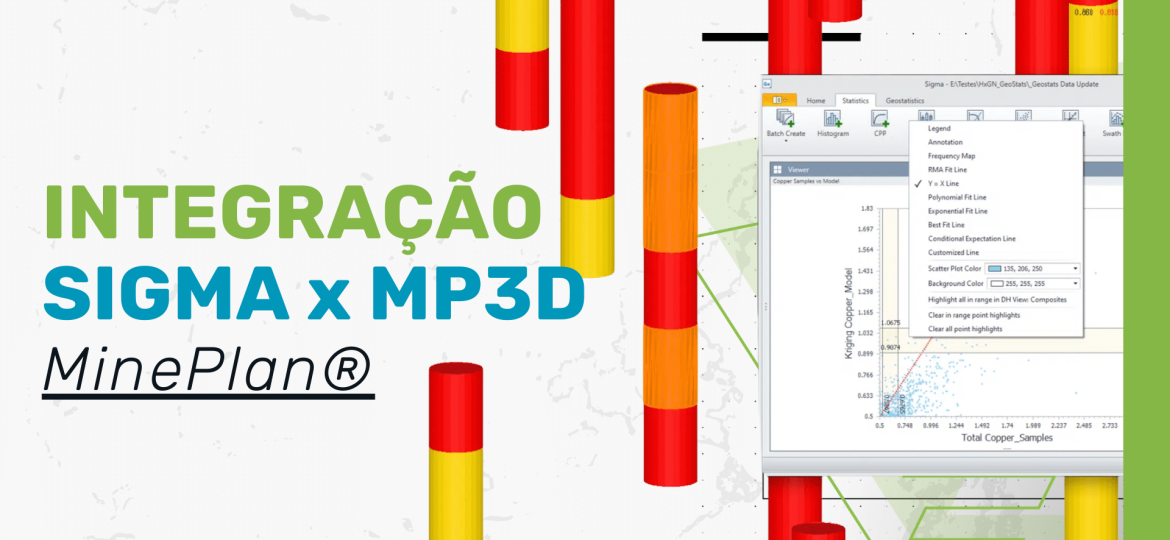In today's Tips & Tricks, we're going to introduce you to the best tool to plan and organize rock blasting activities in your mine, HxM Blast.
HxM Blast is fully integrated with the block model, providing greater accuracy along with the ability to measure real field data, analyze blast results, and store blast settings via conditional templates. In this way, HxM Blast continues to improve workflow in the blast design and in its reconciliation.
Built-in options, such as block model access and data export, allow the user to utilize block model information such as rock type, fragmentation, ore grade and economic valuation, thus allowing users to quickly analyze best practices and understand what is contributing to the successful dismantling. This continuous improvement process can be simplified in the figure below, as Design, Measure, Analyze and Improve (Design, measure, analyze and improve).

Figure 1: Continuous improvement process used in blasting
Many mines are data rich and information poor. Most systems generate a huge amount of useful data, but without an easy method to integrate and quickly aggregate this data, which can help in decisions.
In rock drilling and blasting this is challenging as even small blasting projects require data on rock properties, fragmentation requirements, costs, safety, water, explosives, project management and specialist knowledge. While it is possible to gather all of this information generated by different systems, it is often acquired too late to be used in actual blasting decisions.
To set up a standardized process, those responsible for drilling and blasting need to have access to information quickly and easily, both for designing new plans and evaluating their effectiveness. For this, the information needs to be documented and shared with everyone so that the data can be used in the future.
HxM Blast is the solution!
HxM Blast has tools for you to design blasts, import blast and drill-related information from virtually any system, and use that information to standardize and optimize your workflow across process steps. It allows you to build workflows based on information from the block model and other systems.
Project
A simple example is illustrated below, based on the rock type from the block model. In this scenario, the most suitable template for a given rock type can be defined using user-defined conditional logic. Any property can be used to build templates. This includes penetration rates, rock hardness, and ore grade.

Figure 2: Integration with the block model

Figure 3: Conditional design and template loading based on the block model
Measurements
Field data can be imported into HxM Blast for single or multiple blast plans based on hole ID or spatial location directly from the database. Properties imported and stored in the repository allow users to create accurate plans using real data. For example, a disassembly plan can be created directly by viewing the block model and loaded using conditional logic.

Figure 4: Surface water level and loading information provide opportunities to measure data in the field and then use that information to optimize blast design.
Analysis
Integration with the block model allows the user to evaluate blasting and identify where the design is working well and where improvements can be made. For example, rock type can be compared with penetration and fragmentation rates. The ARC utility shows tables, graphs, and advanced blast analysis.

Figure 5: ARC Reports allows you to quickly generate reports and compare planned vs. executed in order to make data-driven decisions.
Optimization
Equipped with this information, in HxM Blast you can make improvements to blast design, borehole loading and have control over activity scheduling. Design and upload templates can be updated and used as a basis for future plans. This continuous improvement process in blasting is critical to maintaining safety and sharing knowledge among multiple users.
HxM Blast lets everyone know how and why the blast was designed, as well as overall performance. Also, if a new professional takes over this process, there will always be records of the process.

Figure 6: Centralized drilling and blasting, data stored in an SQL database.
Conclusion
HxM Blast closes the loop on a drill and blast project quickly and efficiently, allowing data from multiple systems, drilling and block design to be used to improve blasting, reconciliation and mine safety.
Be sure to optimize your time and reduce costs in your mine! Use HxM Blast in your operations!
To the next!!!




